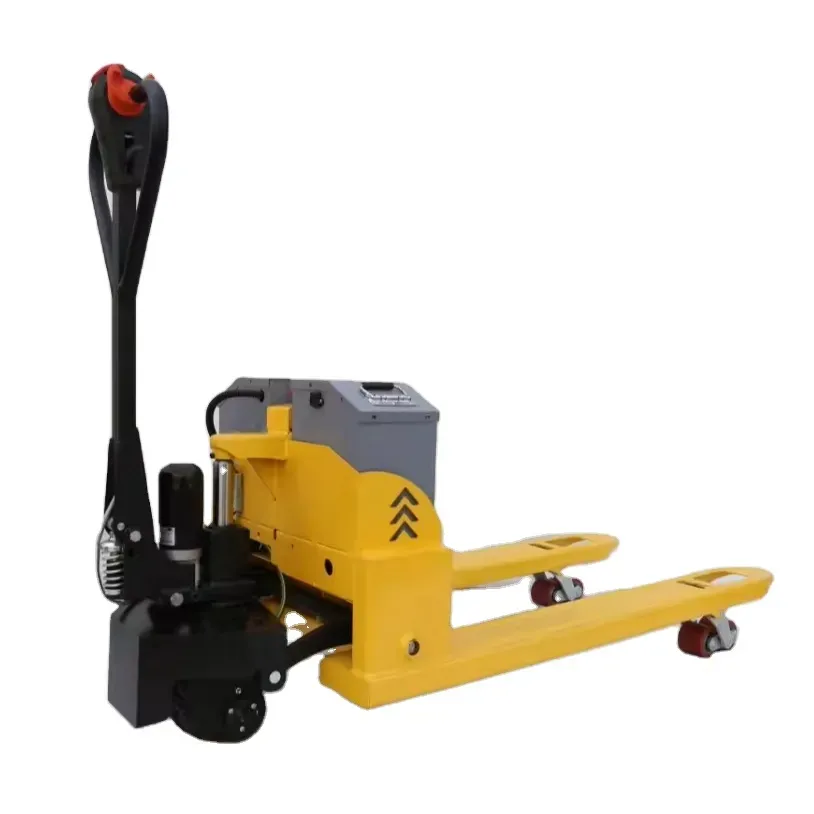


Understanding Fall Protection Tools A Comprehensive Guide
Fall protection is a critical aspect of workplace safety, especially in industries where workers are at risk of falling from heights such as construction, roofing, and maintenance. To mitigate these risks, a variety of fall protection tools and equipment are necessary to ensure the safety of workers and comply with regulatory standards. This article explores the different types of fall protection tools, their significance, and best practices for their use.
Types of Fall Protection Tools
1. Personal Protective Equipment (PPE) Personal fall protection systems are designed to be worn by employees. The primary components include harnesses, lanyards, and connectors. A well-designed harness distributes the force of a fall across the shoulders, thighs, and pelvis, minimizing the risk of injury. Lanyards, typically made from shock-absorbing materials, connect the worker to an anchor point and allow for a limited amount of movement while providing fall protection.
2. Guardrails and Safety Netting These are passive fall protection systems that are installed to prevent falls before they occur. Guardrails are typically used on rooftops or elevated platforms to create a barrier between workers and the edge. Safety nets, on the other hand, are used in high-risk environments where workers can fall. They catch individuals if they fall, reducing the risk of injury significantly.
3. Fall Arrest Systems Fall arrest systems are designed to stop a fall in progress. These systems incorporate elements like safety harnesses and lifelines, which are anchored securely to structural components. In the event of a fall, the system activates, preventing the worker from hitting the ground.
4. Lifelines and Anchorage Points A lifeline is a flexible line that connects a worker’s harness to an anchor point. It allows workers to move freely while maintaining safety. Anchor points are secure locations that can bear the load of a falling worker. Choosing appropriate anchor points is crucial as they should be capable of supporting the forces generated in the event of a fall.
5. Safety Monitors and Training Programs While tools and equipment are essential, the human aspect of fall protection cannot be overlooked. Safety monitors are responsible for overseeing operations where workers are at risk of falling—ensuring that safety protocols are followed. Additionally, comprehensive training programs are vital in educating workers about the proper use of fall protection tools, recognizing hazards, and responding effectively in emergencies.
Importance of Fall Protection Tools

The importance of fall protection tools cannot be understated. According to the Occupational Safety and Health Administration (OSHA), falls are one of the leading causes of work-related injuries and fatalities. By implementing proper fall protection measures, employers not only comply with local regulations but also demonstrate their commitment to worker safety. Moreover, investing in fall protection tools can lead to significant cost savings by reducing the incidence of accidents and associated costs, such as workers' compensation claims and loss of productivity.
Best Practices for Using Fall Protection Tools
1. Conduct Risk Assessments Before any work at heights, conduct thorough risk assessments to evaluate potential fall hazards. Understand the specific risks associated with the work being performed and select appropriate fall protection tools accordingly.
2. Regular Inspections and Maintenance Regularly inspect fall protection equipment for damages or signs of wear. Tools should be maintained according to the manufacturer's instructions, ensuring reliability when needed.
3. Provide Adequate Training All employees must be well-trained in the use of fall protection tools. Training should cover proper usage, inspections, and emergency procedures. Additionally, periodic refresher courses ensure that workers remain knowledgeable about safety practices.
4. Encourage a Safety Culture Foster an organizational culture that prioritizes safety. Encourage workers to report potential hazards and near-misses, and engage them in safety discussions to enhance their commitment to using fall protection equipment.
Conclusion
Fall protection tools are indispensable for creating a safe working environment for individuals working at heights. By understanding the various types of fall protection equipment available, recognizing their significance, and adhering to best practices, employers can protect their workers from the devastating consequences of falls. Safety should always be a priority, and with the proper tools and training, the number of fall incidents can be drastically reduced.



